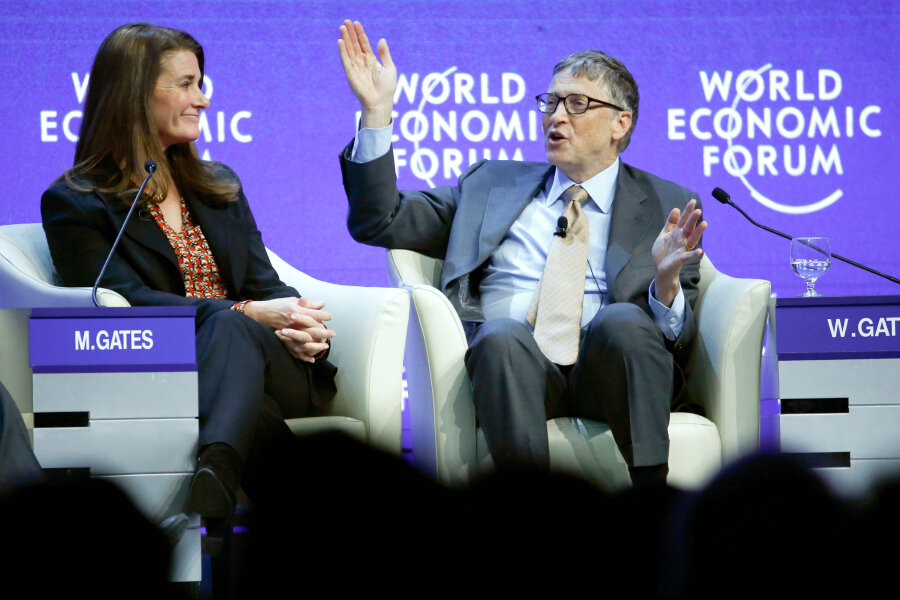Website lets visitors give corporations' money to charities
Loading...
Giving away money can be fun — especially when it’s somebody else’s.
That’s the premise behind Viewers to Volunteers, a new website that lets users help direct how corporations spend their charitable dollars.
Launched this week [March 9] by EcoMedia, the platform is an assemblage of uplifting videos, articles, and other content — all of it underwritten by corporate advertisers — and a complementary mechanism for giving.
Staring next month, users will be able earn points by engaging with the content: watching a video and sharing it with friends, for example. They can then "spend" their points by directing a participating corporation to make a charitable donation to a specific nonprofit.
"Positive content on its own is not enough," said Paul Polizzotto, founder and president of EcoMedia, a social business bought by CBS Corporation in 2010. Viewers to Volunteers seeks to capture the emotional reactions triggered by documentaries, articles, and other types of content and convert it to action, he said.
"We wanted to create a giving platform that got the consumer involved," said Mr. Polizzotto. "This giving platform does not have banner ads. ... There are no calls to action to buy anything."
The model could generate between $5 million and $10 million in corporate charitable contributions this year, according to Mr. Polizzotto. Thereafter, it could drive tens of millions of dollars annually. He described the interest from corporate advertisers as "overwhelming."
Viewers to Volunteer kicked off as a mobile website this week. Toyota is the inaugural corporate sponsor — Mr. Polizzotto said it has made a mid-six-figure commitment — and will fund community-building work in four major markets: Dallas, Los Angeles, Minneapolis, and Philadelphia.
Currently, users can watch and share videos like a Morgan Spurlock short called "You Don’t Know Jack" about a boy scientist. A message below the video names First Book as nonprofit affiliate and states "Just like that, you’ve helped a child read, learn, and succeed." Another three-minute video features the Los Angeles-based anti-gang organization Homeboy Industries, and cites the affiliate nonprofit as Little Kids Rock.
The plan is to monitor what types of content users engage with the most and adjust accordingly. Then, next month, EcoMedia will release a mobile app and expand the effort nationally.
In addition to First Book and Little Kids Rock, the inaugural charity partners include Fisher House Foundation, Junior Achievement USA, Kids in Need Foundation, Meals on Wheels Association of America, National Recreation and Park Association, Special Olympics World Games, Starlight Children’s Foundation, Volunteers of America, and Points of Light.
While Viewers to Volunteers is designed to fund charities, it echoes experiments with digital revenue models in both the nonprofit and business worlds: corporations paying to have their brand attached to some content and advertising that looks like the rest of the content instead of like an ad.
The idea for Viewers to Volunteers, Mr. Polizzotto said, was born during a taxi ride. Seven years ago, he was swiping his credit card at the end of a ride in New York City when it occurred to him that in addition to paying fare and tip, he’d like to see an option to make his trip carbon neutral.
What if consumers were invited to pay an extra 40 cents that would go into a local fund or charity dedicated to curbing emissions? What if the prompt on the screen of the electronic-payment console were to be sponsored by some relevant brand or corporation, like Toyota Prius?
Mr. Polizzotto had already spent years designing and negotiating major advertising contracts in which a percentage of corporate ad buys were set aside to fund nonprofit organizations. About a year after CBS bought EcoMedia in 2010, he began working on Viewers to Volunteers, he said.
"What we want to do is open up giving to virtually everyone, because brands are underwriting the giving opportunity," Mr. Polizzotto said.
Success for the platform, he said, would include delivering tens of millions of dollars in annual corporate donations to nonprofits, attracting new audiences to cause-related content, and minting first-time volunteers and donors.
• This article originally appeared on the website of The Chronicle of Philanthropy.







